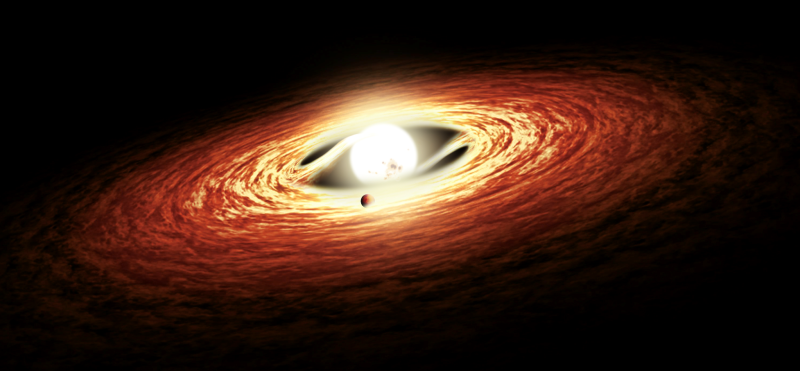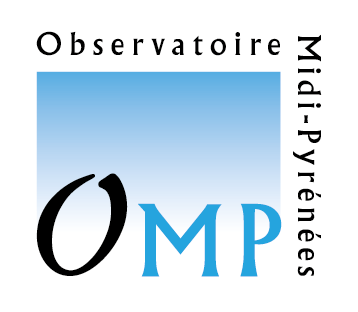Discovery of a nascent planet in close orbit around a young star
A study carried out by a team of CNRS Terre & Univers researchers as part of the ERC SPIDI (Star Planets Inner Disk Interactions) project, has revealed the presence of a massive incipient planet in close orbit around a young star in the Taurus constellation, named CI Tau.
Just 2 million years old – the equivalent of barely a week on a human scale – it is a planet with a mass 3.6 times that of Jupiter, and a period of revolution around its star of 25 days. Such giant planets orbiting their host star in just a few days are known as “hot Jupiters”, due to the intense radiation they receive close to their star. This is the youngest planet of this type, still in its formative stages, discovered to date.
This discovery is the result of the simultaneous use of several cutting-edge observation techniques. Firstly, high-resolution spectroscopy from the Canada-France-Hawaii Telescope, located at an altitude of 4,200m on the summit of Maunakea (Hawaii, USA), to detect the displacement imposed on the star by the planet’s orbital motion. Secondly, multi-wavelength photometry using the Las Cumbres Observatory network of telescopes distributed along the Earth’s surface, and ultra-high-precision space photometry using the Kepler satellite, both of which detect variations in the luminosity of the central star modulated by the planet’s orbit.
In particular, this result shows that massive planets can form on very short timescales in the disk of gas and dust surrounding fledgling stars, then rapidly migrate towards the central star on ever-tighter orbits before the disk dissipates within a few million years. The study sheds new light on the complex process of planet formation and evolution in young star systems.

Further Resources
- Scientific Publication : Manick, R., Sousa, A., Bouvier, J., et al. Long period modulation of the classical T Tauri star CI Tau: evidence for an eccentric close-in massive planet at 0.17 au (2024) Astronomy & Astrophysics.
- Website dedicated to the SPIDI project
- CNRS Press Release
IRAP Contact
- Claire Moutou, claire.moutou@irap.omp.eu






